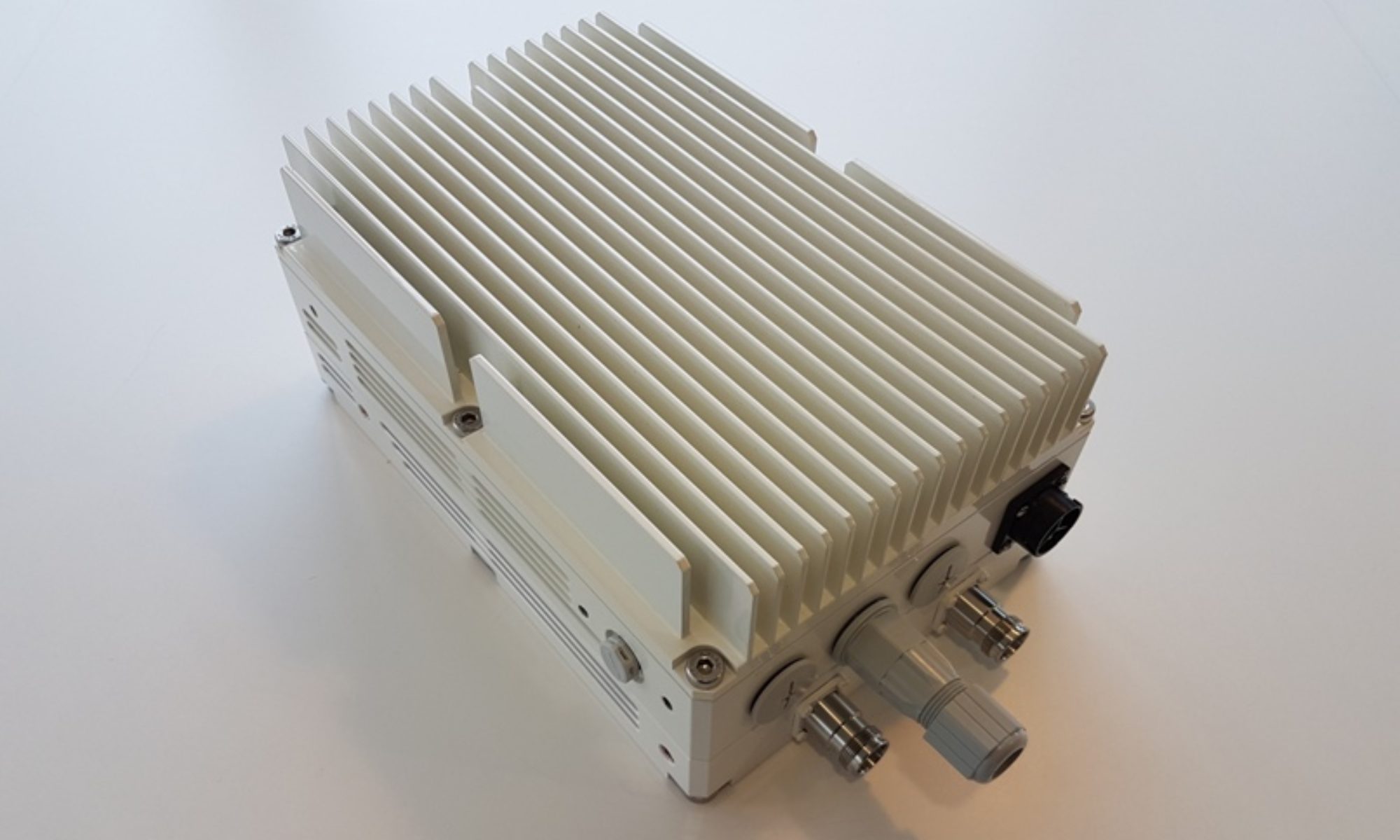5G SIM cards: What’s changed for 5G?
Do the new security and privacy features of 5G require a new SIM card? Simple answer is no. However, the complete answer is more complex.
SIM cards are Smart Cards with data
In this article, we refer to these newer smart cards as Rel 99+ USIM which are compatible with 3GPP Release 1999 (first 3G specifications) and afterwards. These Rel 99+ USIMs can be used to access every generation of mobile networks, including 5G. Such backward and forward compatibility is achieved by the carefully-designed offloading of some computations and storage to mobile phones.

While accessing the 5G system is one thing, the question we have is whether using the “new” security and privacy features of 5G requires a new kind of USIM other than Rel 99+ USIMs which could be used for 4G security. This is a valid question and something which we address below. For the sake of brevity, in this post, we do not touch upon other new features in 5G that do not concern USIM.
SIM Identity and access management (IdaM)
In 5G, subscription permanent identifier (SUPI) could be in two formats, one is the legacy format called international mobile subscriber identity (IMSI) and another is the format newly adopted in 5G called network access identifier (NAI). Furthermore, 5G provides at least two methods of authentication and key agreement (AKA) for accessing the network. One such method, 5G AKA, is an evolution of the authentication method in 4G. Another, called EAP-AKA’, is a method now widely adopted in 5G for broader use of the Extensible Authentication Protocol (EAP) framework.
In any case, from the IdaM viewpoint, the Rel 99+ USIMs that could be used in 4G are still compatible with 5G, in that they can be used to authenticate and gain access to the 5G system. The main reason for this forward compatibility is the fact that there is no need for a new permanent security key shared between USIMs and the network. Another reason is that newer storage and computations required for new security features can be offloaded to mobile phones, like the calculation of a new type of AKA response and new session keys.
The adoption of the EAP framework in 5G means that it is possible for other methods than EAP-AKA’, such as Extensible Authentication Protocol-Transport Layer Security (EAP-TLS), to be used for isolated deployments. In those cases, it could be such that the USIM’s role is skipped. It is also worth noting that, just as with 4G networks, any smart cards older than Rel 99+ USIM (which may be called Rel 98- SIM) cannot be used to access 5G.
5G SIM Privacy
5G has introduced significant privacy enhancements in terms of how permanent and temporary identifiers are used.
An important topic which is use of subscription concealed identifier (SUCI). The SUCI, which basically hides the SUPI over-the-air, can be calculated using standardized schemes like so-called Profile A and Profile B. It also requires some new parameters like public key of the home network, scheme identifier, and routing indicator. While SUCI calculations using Profile A/B can be offloaded to mobile phones, the standards only permit the storage of the new parameters in the USIM. For brevity, in this post we will not discuss the proprietary option where SUCI calculation can be done in USIMs using non-standardized schemes.
Therefore, Rel 99+ USIMs can be used to store the parameters required for SUCI calculation with Profile A/B given that they support creating the necessary files (DF5GS/EFSUCI_Calc_Info/EFRouting_Indicator). This is also true for Rel 99+ USIMs already in the field i.e. if they support some mechanisms like remote file management over-the-air (OTA), then they could be used for storing the parameters required for SUCI calculation with Profile A/B. Otherwise, SUCI will be calculated by mobile phones using the so-called “null-scheme” which is a dummy scheme and does not hide SUPI. In other words, Rel 99+ USIMs that cannot store new parameters required for SUCI calculation could still be used to get access to the 5G system but without the ability to hide the SUPI over-the-air.
Note that there are also other privacy enhancements in 5G like the strict refreshment of temporary identifiers, decoupling of permanent identifiers from paging procedures, and partial confidentiality protection of initial messages. For these features, the USIM’s role is not required in the standards.
Steering of roaming (SoR) and UE parameter update (UPU)
SoR and UPU are two new procedures in 5G between mobile phones and the home network. These new procedures enable the home network to update configuration parameters in mobile phones and/or USIM using control plane signaling. It means that, in 5G, the home network has an alternative to existing mechanisms like over-the-air (OTA) updates that use SMS as transport.
As well as handling of the so-called “secured packet” that mobile phones can basically relay to the USIM, the scope of SoR and UPU procedures include parameters like operator controlled PLMN selector with access technology, default configured network slice selection assistance information (NSSAI), and routing indicator.
Handling of new control plane signaling including security, like calculation and verification of new security tokens, are offloaded to mobile phones. Furthermore, in some cases, storage of parameters is also offloaded to mobile phones like default configured NSSAI and mobile phone’s copy of operator controlled PLMN selector with access technology. Therefore, in such cases, special support from the USIM is not required for SoR and UPU in 5G, which means that Rel 99+ USIMs can be used.
There are other cases when the storage of the new/updated parameters is still done in USIM, like routing indicator (EFRouting_Indicator), USIM’s copy of operator controlled PLMN selector with access technology (EFOPLMNwACT), and any file handling done by the “secured packet”. Even then, Rel 99+ USIMs are still compatible with SoR and UPU in 5G given that they support the necessary file management operations.
5G SIM card Summary
To summarize, impacts on USIMs by relevant security and privacy features that are new in 5G.
- from IdaM viewpoint, Rel 99+ USIMs which could be used for 4G are still compatible to get access in 5G.
- Regarding SUPI privacy, Rel 99+ USIMs can be used to enable SUCI calculation with Profile A/B as long as they support necessary file management operations. Regarding other privacy features, Rel 99+ USIMs are fully compatible in their current form.
- From a perspective of SoR/UPU procedures, Rel 99+ USIMs are compatible in their current form only in some cases, while in other cases compatibility will depend on them supporting necessary file management operations.
- Whether/how to use the above mentioned new security and privacy features is in the remit of the network operator and therefore, even in worst case, they will not prohibit access to the plethora of other basic 5G features.
Technical notes
- IdaM part – The formats of SUPI (IMSI and NAI) are defined in 3GPP TS 23.003, see clauses 2.2A, 2.2, and 28.7.2. The new type of AKA response is called RES* and new session keys are called KAUSF and KSEAF. See clauses 6.1 in 3GPP TS 33.501 for details. In Annex B of that TS, you will also find details of using EAP-TLS
- Privacy part – The formats of SUCI are defined in clauses 2.2B and 28.7.3 in 3GPP TS 23.003. Clause 6.12 and Annex C in 3GPP TS 33.501 contain main details of subscription identifier privacy. Clause 4.4.11 in 3GPP TS 31.102 specifies USIM files specific to 5G
- SoR/UPU part – The new security tokens are called SoR-MAC-IAUSF, UPU-MAC-IAUSF, SoR-MAC-IUE, and UPU-MAC-IUE. See the main details of SoR and UPU can be found in clauses 6.14 and 6.15 in 3GPP TS 33.501, Annex C in TS 23.112, and Clause 4.20 in TS 23.502
For Further Information
Please Contact Us

